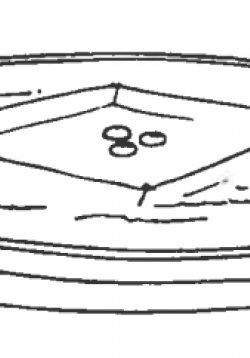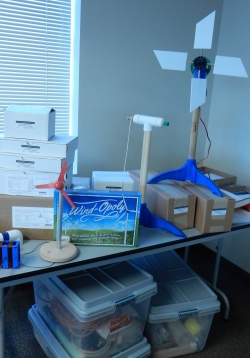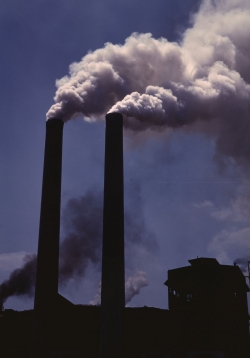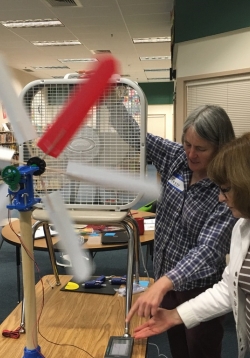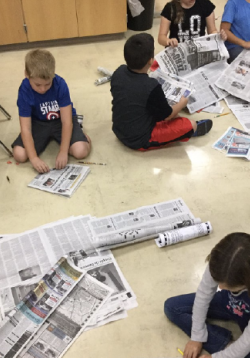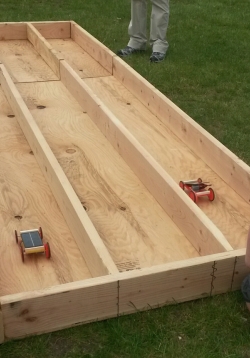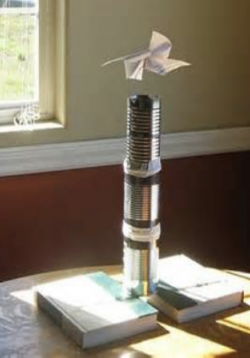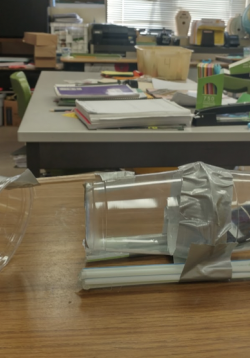What is Force?
Students will build a barge out of tin foil and describe the forces acting it. The barge itself is designed only with the constraints that passengers within the barge will not get wet, allowing for students to experiment with different shapes and...

